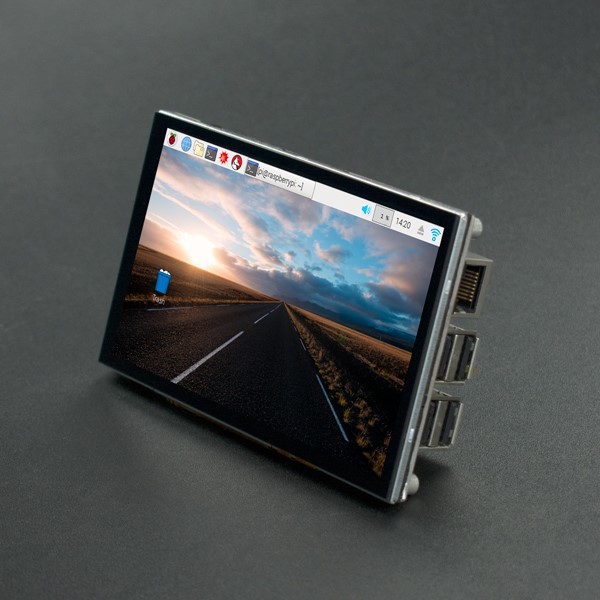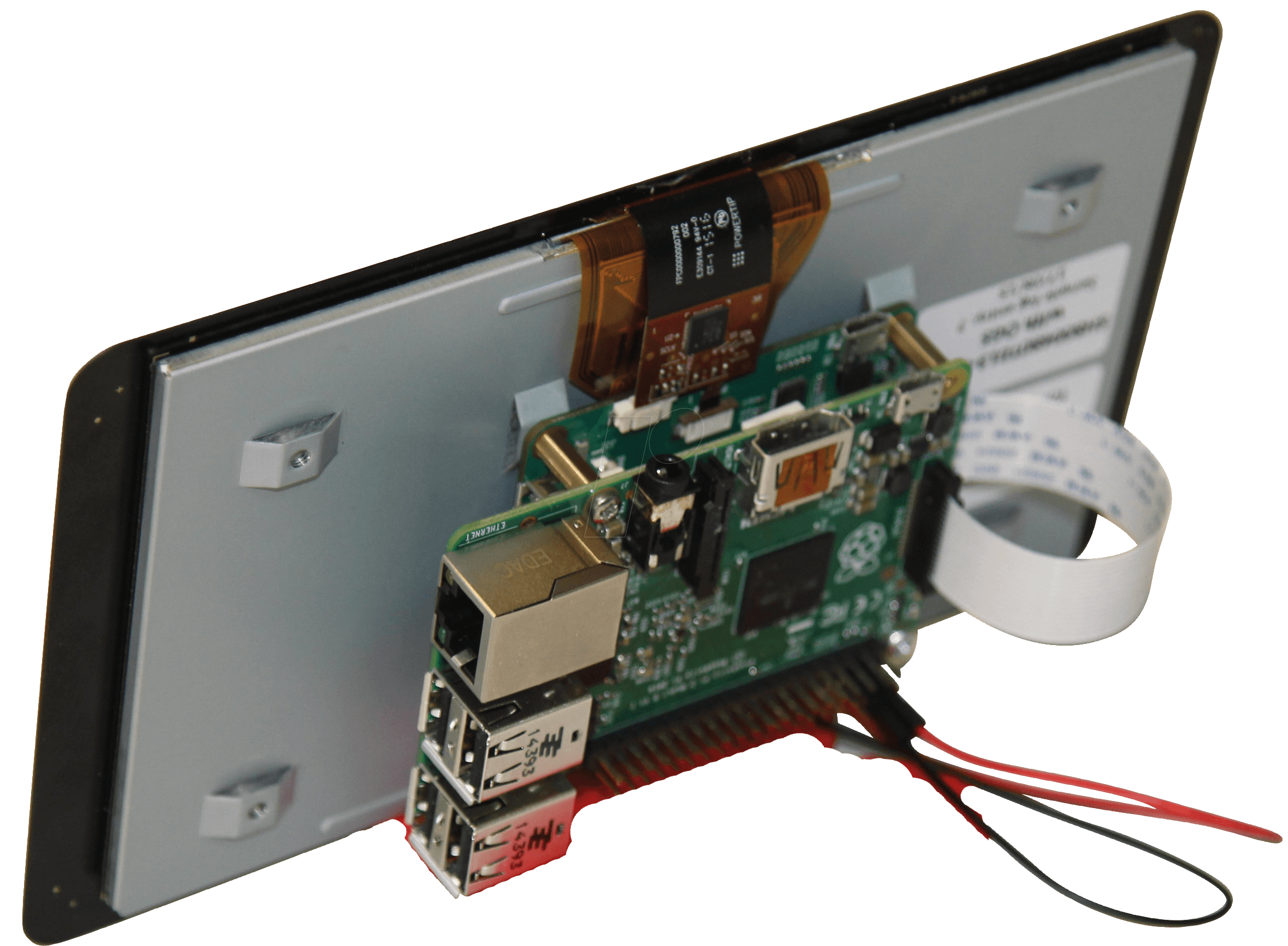
# In /etc/nf add the following to the end of the file # In /etc/modules add the following to the end of the file # In /boot/cmdline.txt add the following to the end of the file (make sure there is a space between the existing commands and this) Next, open (or create if not existing) the files one after the other and insert the lines below into the files respectively: # In /boot/config.txt add the following to the end of the file First let's make sure the files have the correct execution rights: $ sudo chmod ugo+rwx /boot/config.txt $ sudo chmod ugo+rwx /boot/cmdline.txt $ sudo chmod ugo+rwx /etc/modules $ sudo chmod ugo+rwx /etc/nf Next, let's add some configurations to the Pi.
Xpad raspberry pi install#
If we want to make a local connection from the iPad to the Pi as an Ethernet provider, we need to prepare the Pi for this.įirst, let's install DNSMasq on the Pi: $ sudo apt install dnsmasq -y

Right now, the iPad Pro really just serves as a power source to the Pi.
Xpad raspberry pi update#
Next, lets update Pi OS $ sudo apt updateĪctivating Ethernet Connection from the Raspberry Pi to the iPad Pro

You can use sudo raspi-config for this or follow a guide online. The default password is raspberry but be sure to change that later. Using an SSH client for the iPad, like Blink, connect via SSH to the Pi. Give the Pi about 2 minutes to fully boot up and connect to the WiFi. Connect the Raspberry Pi to your iPad Pro using a supported USB-C cable as not all USB-C cables will work. Now that we have added the boot drive to the SD card, we can now boot up the Pi. Connecting the Raspberry Pi to the M1 iPad Pro Now you can eject the SD card drive and insert it into your Raspberry Pi. Replace DE with your country short code e.g NG for Nigeria, WIFI_NAME and WIFI_PASSWORD with the appropriate values and then save the file. Next, if you want to be able to connect the Pi to the internet using WiFi, run the following command: $ nano /Volumes/boot/wpa_nfĪnd in the new text field, paste the following code: country =DEĬtrl_interface =DIR =/var/run/wpa_supplicant GROUP =netdev Next, open the Terminal app and run the following commands in there: # Creates a new SSH file in the drive After this is done, safely eject the SD card drive from your computer then reinsert it again. Connect your Pi's SD card to your computer and start the imager software.Ĭhoose the OS to load into the SD card and select the SD card as the storage device, then click "Write". Just note that this is based on Raspberry Pi OS and other operating systems may require different steps.įirst, you need to download the Raspberry Pi imager for your computer. For me, I decided to go with the Raspberry Pi OS 64bit version that is still in beta, but you can choose whatever version you want.


The first thing to do will be to set up the Raspberry Pi by installing an operating system. Since I got the Raspberry Pi 4, the article will refer to this particular device, but I think it is also applicable for other Pi versions. In this article, I would document how I got the iPad connected to the Raspberry Pi and how I use it for my local development.
Xpad raspberry pi portable#
So I decided to get a portable local server where I can do some local development on. However, there are many limitations that Apple has on the iPadOS that makes it very painful to work on the iPad even though it clearly has as much power (if not more) as existing laptops. After buying my M1 iPad Pro, I decided to use it for more of my work.


 0 kommentar(er)
0 kommentar(er)
